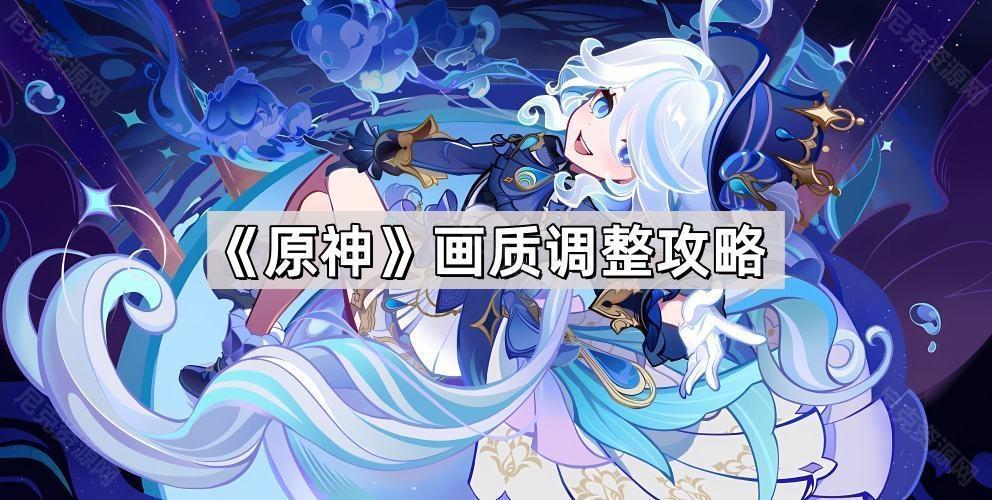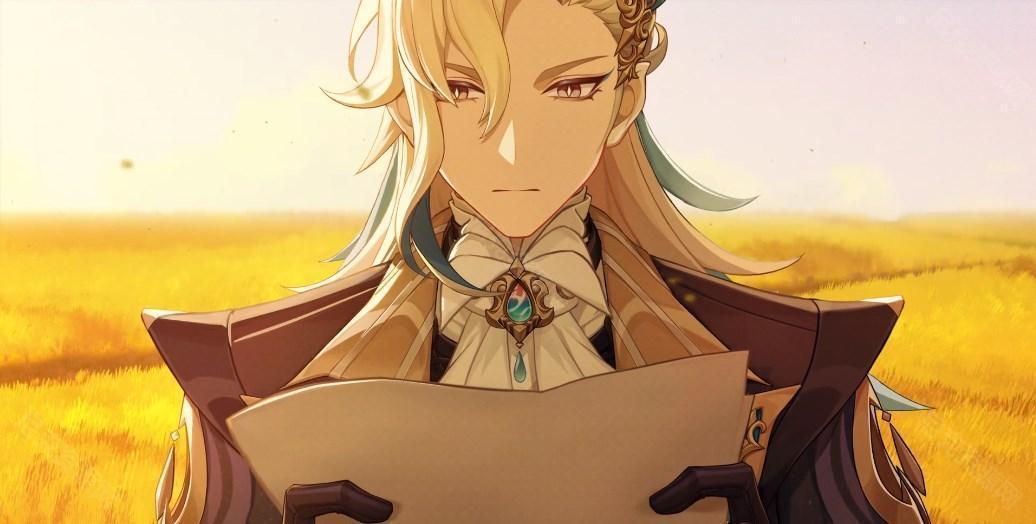How to adjust the image quality of Genshin Impact to be smooth and clear? Many friends find that their picture quality is not very good when playing games. When they use the officially recommended high-definition games, they become laggy. So how can they be adjusted to be smooth and clear? If you don’t know, follow the next step. Let’s take a look at the guide to adjusting the image quality of “Genshin Impact”.

1. Frame rate
A very important setting, frame rate refers to the number of frames per second, indicating the number of times the graphics processor can update per second when processing the field. A high frame rate results in smoother, more realistic animations. Generally speaking, 30 frames is acceptable, but increasing it to 60 frames can significantly improve the sense of interactivity and realism. However, if the frame rate exceeds the screen refresh rate, it will only waste graphics processing power, because the monitor cannot operate at such a fast speed. Update, the frame rate exceeding the refresh rate is wasted. However, Genshin Impact can only open up to 60 frames, so there is no need to worry about this problem.
In addition to smoothness, the frame rate in Genshin Impact will also affect the damage of some characters. Therefore, all devices here recommend at least 60 frames, and if you have no choice, choose 30 frames.
2. Rendering accuracy
Rendering refers to the process of projecting a model in a three-dimensional scene into a digital image in two dimensions according to the set environment, lighting, materials and rendering parameters. The rendering accuracy is simply the degree of fineness of the model in the scene, which has a great impact on the image quality. A high-end computer can reach 1.5, although the naked eye cannot see much difference above 1.0. In terms of low configuration, choose 1.0 or 0.8 for computers. Due to poor performance on mobile phones, high rendering accuracy is probably only as high as computer rendering accuracy of 1.0, so it is recommended to set it to high. Unless the configuration is particularly poor, it would be rude to go any lower.
3. Shadow quality
That is to say, the fineness of shadows. The details of shadows on computers and mobile phones will be richer. However, this item is more configuration-intensive. You can adjust it according to your needs. High-end computers are full, and low-end computers and mobile phones are all selected. You can press Need to be reduced.

4. Post-effects
Something similar to a filter highlights the texture of some elements in the scene, but there is not much difference in the actual experience. Therefore, high-end computers are maxed out, and low-end computers and mobile phones can choose lower settings, which can be increased as needed.
5. Special effects quality
Literally speaking, it affects the richness of skill special effects. High-end computers are full, low-end computers are medium to choose, and mobile phones can choose low. It is not recommended to choose extremely low.
6. Scene details
The lighting that affects the environment, the texture of scene elements, etc. have a greater impact on the experience. High-end computers are full, and low-end computers and mobile phones can be selected.
7. Anti-aliasing
Must open. FSR2 and SMAA are available on the computer side. Genshin Impact FSR2 is currently optimized quite well and can be the first choice. There is only an option for TAA on the mobile phone, just turn it on.
8. Dynamic blur
When dynamic blur is turned on, the continuous picture will look relatively smooth and smooth, but this function can only have the desired effect when the frame rate is low, so if you choose 30 frames, it is recommended to turn it on , the specific level can be selected according to needs.

9.Bloom
An image effect that simulates the strong light effect in reality, known as small HDR. It has little impact on performance and can be turned on on all devices.
10. Crowd density
If it affects the display of NPCs, just turn it up without thinking. Even if there are NPCs that cannot be interacted with, it will still have a great impact on the game experience.
11. Multiplayer game team special effects
It affects the display of special effects of other players in online mode. Complete shielding is a magical magic that can make online teammates look stupid. It can be turned on for high-end computers and lowered as needed for low-end computers and mobile phones.

Next are the computer-specific setting options:
1. Vertical synchronization
Used to reduce screen tearing. If this function is not turned on, it can be turned on if the frame rate is stable and does not drop frames. High-end computers don't care, just turn it on directly.
2. Volumetric fog
By simulating the weakening of light in local areas, regional fog is displayed and the realism of the scene is increased. You can turn it on when necessary (such as taking pictures). It doesn't matter on high-end computers, just turn it on.
3. Reflection
As the name suggests, it affects the reflection effect of light. It does not look obvious without contrast. You don’t need to turn it on on low-end computers, but you can turn it on on high-end computers and you’ll be fine.
4. Subsurface scattering
It refers to the light transmission process in which light enters an object from the surface, is scattered internally, and then emerges through other vertices on the surface of the object. There is no obvious improvement to the picture. I don’t care about the high configuration, just turn it on and it’s done.
5. Anisotropic sampling
What affects is the correct perspective relationship when the three-dimensional surface and the screen are tilted to a certain extent. The performance has little impact, and it can be used with both low and high configurations.
